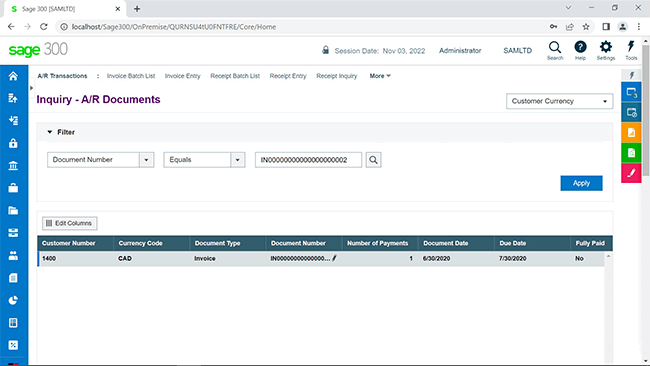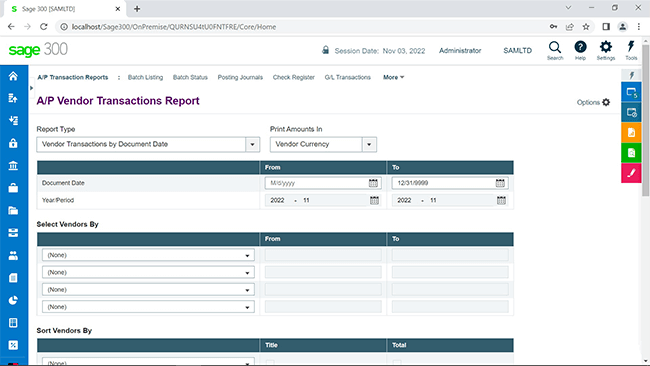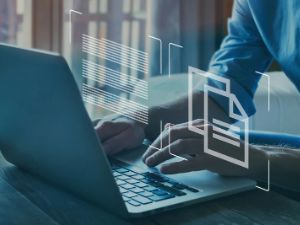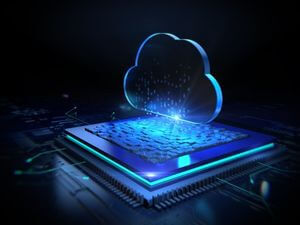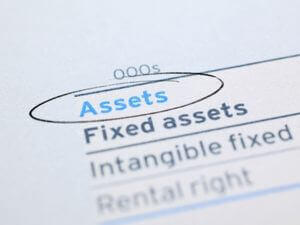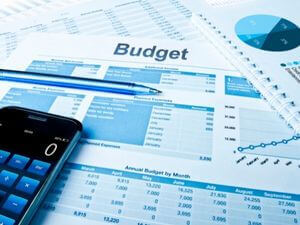What are fixed assets?
Fixed assets include various kinds of property and assets owned by a company that can be converted into cash. They are referred to as property, plant, and equipment (PPE) on the company’s balance sheet. However, it’s generally accepted that fixed assets cannot be converted into income within a year.
Examples of fixed assets are office equipment, furniture, building, computer equipment, vehicles, and machinery. And the value of these tangible assets depreciates every year.
